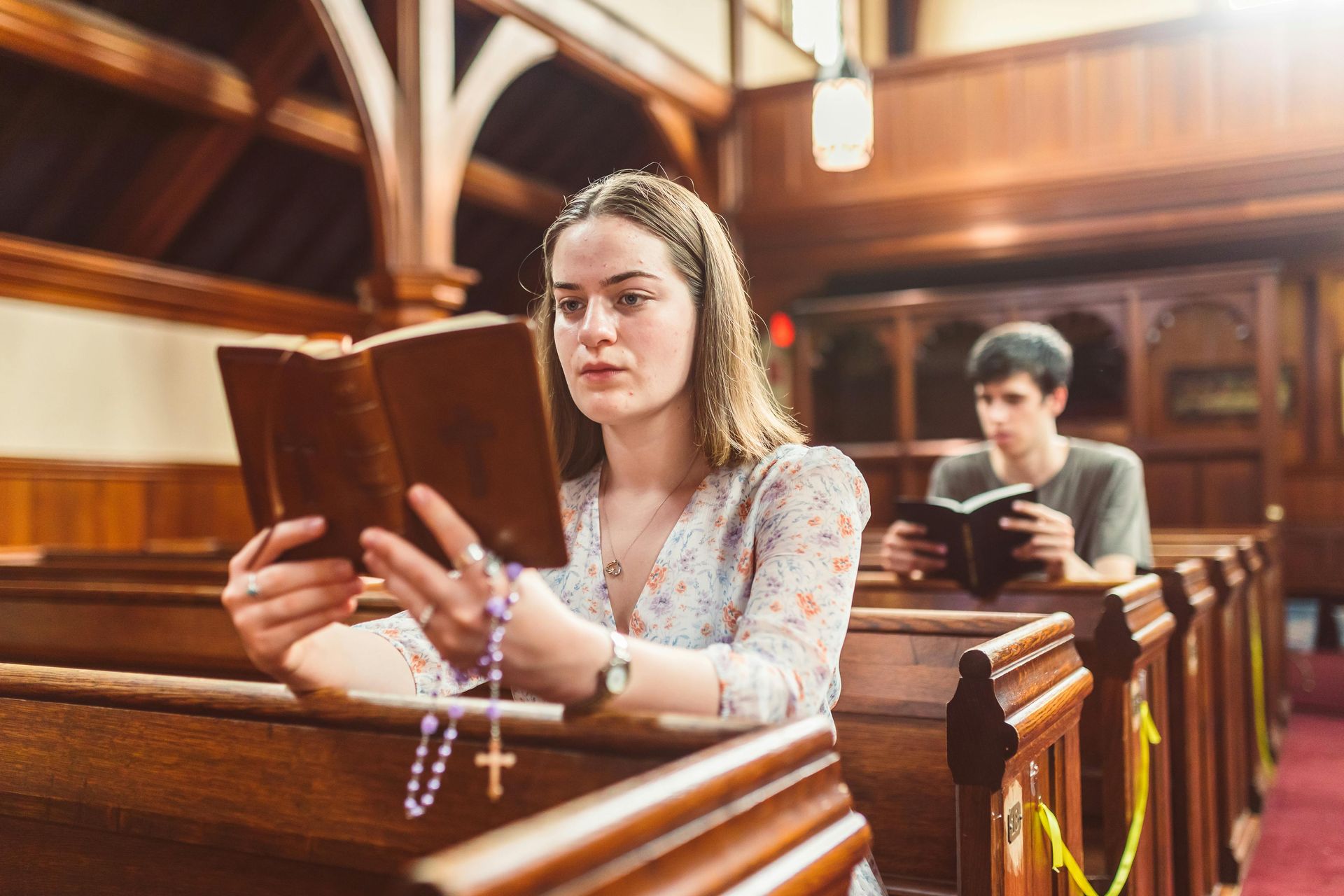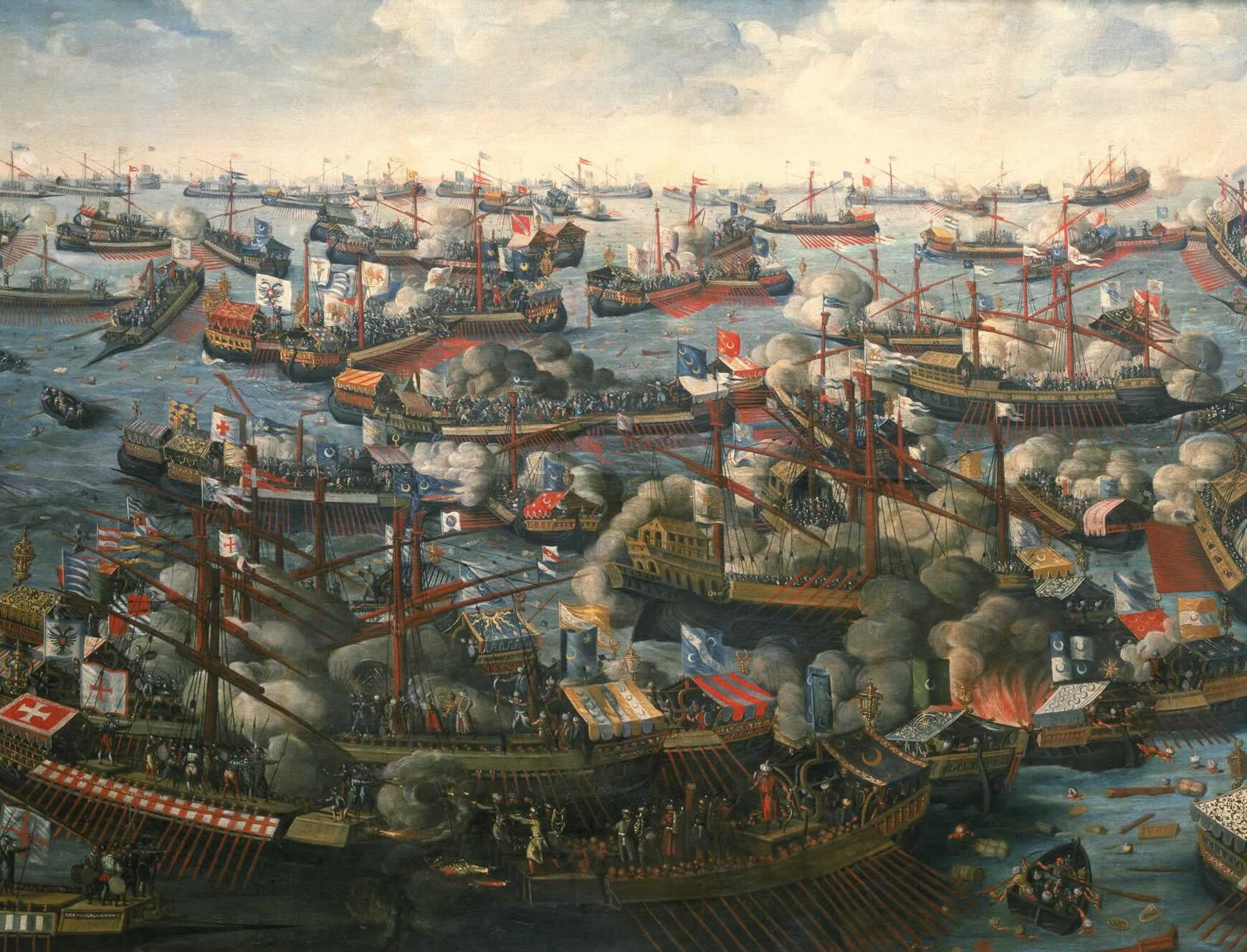About the Holy Rosary
The Rosary is a meditation on the Scriptures with Mary. In essence the Rosary is a prayerful Scriptural meditation, since the Our Father is Jesus' own prayer given to his disciples when they had asked him how they should pray (Matthew 6:9-13).
The first part of the Hail Mary is also Scriptural, being a compilation of part of the dialogue between Mary and the Angel Gabriel at the Annunciation (Luke 1:28), combined with the exclamation made by Elizabeth during the Visitation (Luke 1:42).
In fact, the prayer was originally known as the 'Angelic salutation' (greeting), with Elizabeth's greeting only being added generally during the medieval. The second part of the Hail Mary, the intercessory prayer to Mary, dates from later on and was gradually adopted by the Church in general, with the whole prayer being finally fixed in its present form during the sixteenth century.

The Structure of the Hail Mary & the Rosary Mysteries
The Archangel's Greeting/Salutation (Luke 1:28):
Hail Mary, full of grace; the Lord is with thee;
Elizabeth's exclamation at the Visitation (Luke 1:42):
Blessed art thou among women, and blessed is the fruit of thy womb, Jesus.
The intercessory prayer to Mary:
Holy Mary, Mother of God, Pray for us sinners, now and at the hour of our death. Amen.
The Mysteries of the Rosary were originally divided into three groups of fifties dedicated to the Joyful, Sorrowful and Glorious mysteries of Christ's life, death, and resurrection. The fifteen mysteries were officially established by Pope Pius V in 1569.

The word Rosary means a crown of roses, a spiritual bouquet given to the Blessed Virgin. In English it has been called “Our Lady's Psalter” or “the beads.”This last term derives from an Old English word for prayers (“bede”) and the word for request (“biddan” or “bid”).
The Rosary probably began as a practice by the laity to imitate monks who said the monastic Office (Breviary or Liturgy of the Hours), during which they prayed the 150 Psalms, the Psalter. The laity, many of whom could not read, substituted 50 or 150 Ave Marias, Hail Marys, for the Psalms.
Sometimes a cord with counters on it was used to keep an accurate count. In the course of time there came to be a parallel Psalter, i.e., one of 150 Hail Marys, the Marian Psalter, or what we now call the Rosary.
The first clear historical reference to the rosary is from the life of St Dominic (+1221), the founder of the Order of Preachers or Dominicans. He preached a form of the rosary in France at the time that the Albigensian heresy was devastating the faith there. Tradition has it that the Blessed Virgin herself asked for the practice as an antidote for heresy and sin.
It seems that the heart of what the Rosary is, the combination of vocal and mental prayer, was practiced by St Dominic, not as we have the Rosary today, but in such a way that what he did then in time evolved into what we have now; i.e., that his form of preaching interspersed with prayer eventually evolved into what the Rosary is today.
The Rosary and the Battle of Lepanto
There have been a number of important historical incidents in which the praying of the Rosary has played an important part, including The Battle of Lepanto. This took place on 7 October 1571 when a fleet of the Holy League, a coalition of southern European Catholic states, fought against the main fleet of the Muslim Ottoman Empire near Lepanto, off western Greece.
The Pope, Pius V, called for all of Europe to pray the Rosary for victory. The Holy League won a decisive victory which prevented the invasion of Europe. At the moment of victory, Pius V, who was many hundreds of miles away at the Vatican, in a meeting, got up, went over to a window, and exclaimed: "The Christian fleet is victorious!" Out of this victory came the "Feast of the Holy Rosary," which is celebrated each year on 7 October.


